| Common Name | |
|---|---|
| Type | |
| Family | |
| Native? | US Native Plants |
| Zone | 2, 3, 4, 5, 6, 7 |
| Height Range (ft.) | 2.00 to 5.00 |
| Spread (ft.) | 3.00 to 6.00 |
| Bloom Time | |
| Foliage | Graceful, arching, bright green fronds resembling ostrich plumes; forms a vase-shaped clump and adds lush texture to shady gardens |
| Sun | |
| Water | |
| Maintenance | |
| Suggested Use | naturalized areas, Rain Garden, Shade Garden, Woodland Garden |
| Tolerate | |
| Growth Rate |
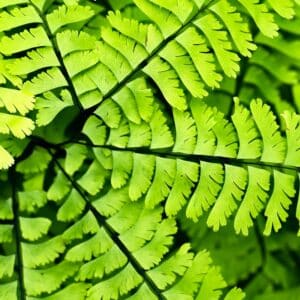
Ostrich Fern is a tall, native deciduous fern with feathery fronds ideal for moist, shaded gardens, woodland borders, and rain gardens.
$17.99
Please note: Sizes 1.5 Gallon and up can’t be shipped outside the counties of Nassau, Suffolk, Brooklyn, and Queens.
Learn more about how the process works and how our plants are delivered.
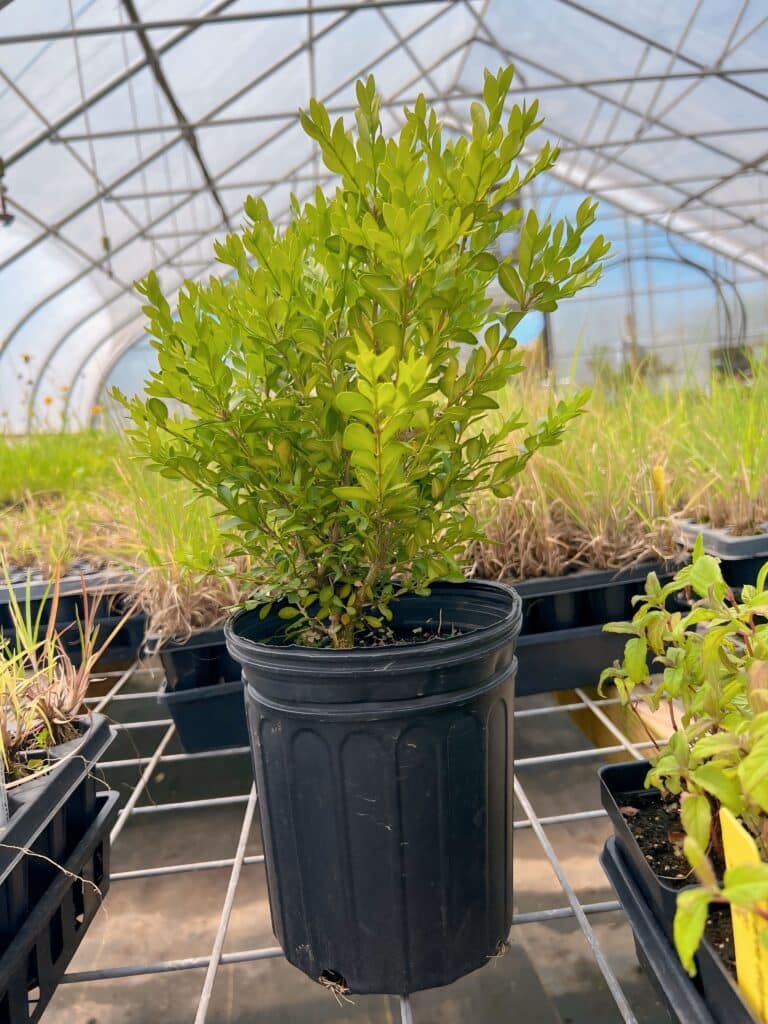


| Common Name | |
|---|---|
| Type | |
| Family | |
| Native? | US Native Plants |
| Zone | 2, 3, 4, 5, 6, 7 |
| Height Range (ft.) | 2.00 to 5.00 |
| Spread (ft.) | 3.00 to 6.00 |
| Bloom Time | |
| Foliage | Graceful, arching, bright green fronds resembling ostrich plumes; forms a vase-shaped clump and adds lush texture to shady gardens |
| Sun | |
| Water | |
| Maintenance | |
| Suggested Use | naturalized areas, Rain Garden, Shade Garden, Woodland Garden |
| Tolerate | |
| Growth Rate |
Matteuccia struthiopteris, commonly known as Ostrich Fern, is a graceful, native deciduous fern known for its tall, feathery fronds that unfurl in spring and resemble ostrich plumes. Growing 3 to 5 feet tall, Ostrich Fern spreads slowly by underground rhizomes, forming lush colonies perfect for naturalizing in shaded, moist woodland areas.
This fern thrives in part to full shade with consistently moist, rich soil, making it ideal for rain gardens, streambanks, and shaded foundation plantings. In spring, its edible fiddleheads can be harvested before the fronds unfurl, adding both ornamental and culinary interest. As a native plant, Ostrich Fern contributes to habitat structure and supports the ecological health of woodland and riparian areas.
Elegant, vase-shaped form with tall, feathery green fronds
Thrives in moist, shaded environments and spreads to form colonies
Native species ideal for naturalistic, woodland, or rain garden settings
Plant in part to full shade with consistently moist, rich soil
Tolerates seasonal flooding and works well in low-lying areas
Allow space to spread gradually by underground rhizomes
Perfect for rain gardens, woodland paths, or shaded borders
Use in masses under trees or along streams and ponds
Combine with native shade perennials and groundcovers for a layered look
Native fern that enhances habitat complexity in woodland and wetland areas
Provides shelter for ground-dwelling insects and amphibians
Supports biodiversity in shaded, moist landscapes
/5
Total reviews
|
|
Persons recommended this product
Anonymous
Shopper
check_circle Verified
Shop owner replied
Was this helpful
Anonymous
Shopper
check_circle Verified
Shop owner replied
Was this helpful
Your feedback helps us improve our service.
There are no reviews yet.
Be the first to review “ ”
Please log in to submit a review.
Only logged in customers who have purchased this product may leave a review
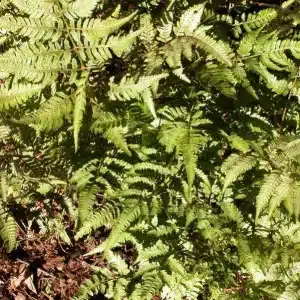
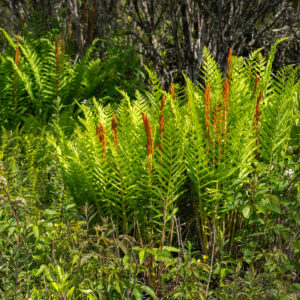
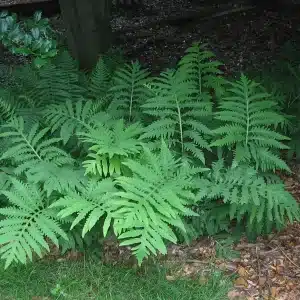


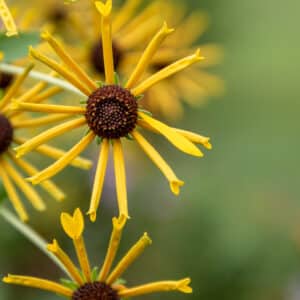
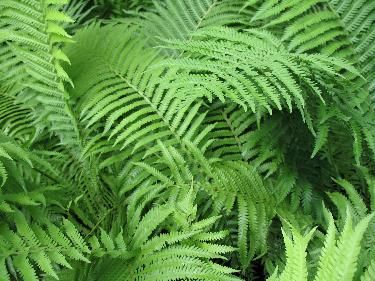
Ostrich Fern typically grows 3 to 5 feet tall and spreads 3 to 6 feet wide, forming large, vase-shaped clumps. It spreads by underground rhizomes, making it excellent for naturalizing, especially in woodland gardens, shade borders, and moist areas.
Ostrich Fern thrives in partial to full shade and prefers moist, rich, well-drained soil with consistent moisture. It’s ideal for woodland or riparian settings, but once established, it can tolerate periodic dryness. It does not perform well in hot, dry sites.
Ostrich Fern is vigorous and can spread quickly by rhizomes under ideal conditions, forming dense colonies. While not considered invasive in natural ecosystems, it can overtake smaller plants in garden settings if not monitored. It’s best used in contained beds, naturalized areas, or where ground coverage is desired.
Yes. Ostrich Fern is deciduous. The lush, green fronds die back to the ground in late fall, leaving behind fertile fronds (often brown and upright) that can persist into winter, adding textural interest. New fronds, called fiddleheads, emerge in early spring.
Yes! Ostrich Fern is generally deer-resistant due to its coarse texture, and it’s also rabbit-resistant. While it’s not a major nectar or seed source, it provides shelter for small wildlife and beneficial insects. The fiddleheads are also edible (when harvested properly) and considered a delicacy in spring cuisine.
Our gift cards make it easy to share the beauty of plants, flowers, and all things green. Whether for a special occasion or just because, give the gift of choice and let them select their favorites to create a garden they’ll cherish.
BUYING HIGH QUALITY PLANTS HAS NEVER BEEN EASIER
Our plants are easy to order, plant, and enjoy! Bringing pollinators to your property improves vegetable yields – Feed the bees!
Sign up for our email list!
Copyright © 2025 Bumbee’s | Web design and SEO by Searles Graphics